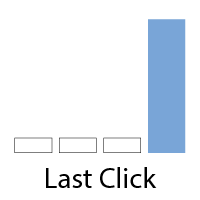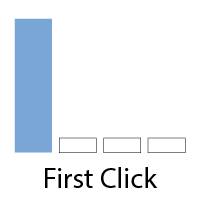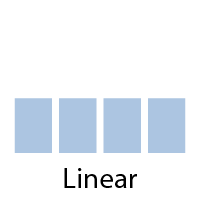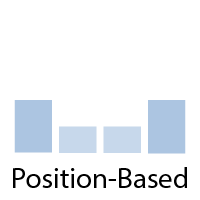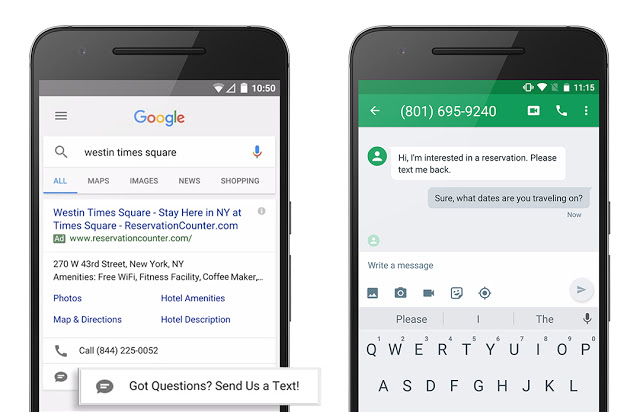On more than one occasion I've been asked "what is market segmentation?". It's a pretty simple concept, but one that manages to evade many business owners. Considering how important it is, it's about time we covered the topic.
What is Market Segmentation?
At some point in the history of commerce entrepreneurs realized it didn't make sense to treat all potential customers the same. It's common sense really. If you sell widgets, your pitch to a child would likely sound much different than it would to an adult. You would probably use simple words, a metaphor, a friendly tone... you might even get down on your knees so you can chat at eye level. Now if you were to use the same communication style with an adult, you would be considered rude and/or laughable. This is the idea behind market segmentation.
Market segmentation is the exercise of taking a group of potential customers and grouping them based on common characteristics, so you can address them in the unique manner that is most effective for each group.
Why You Should Segment Your Market
The analogy that seems most appropriate here is hunting a sasquatch with a shotgun. Shotguns shoot dozens of small metal balls all at once. These balls spread out into a wide round pattern, maximizing the chance of hitting your target. Unfortunately these balls don't pack much of a punch, so if you shot a sasquatch with a shotgun, you would most likely just irritate him, making yourself his target and probably also his lunch. Rifles shoot a single bullet, making it much easier to miss your furry target, but when you do aim in the right direction, you're much more likely to bring home a trophy than become his lunch.
When we don't segment and try to communicate with everyone in the same way, it's like hunting a sasquatch with a shotgun. We're likely to reach more ears, but less likely to bag the sale.
How to Segment a Market
The most common method to segment a market is to simply group people by their demographics. Women over here, men over there. Children at the little table. You get the point. This method for segmenting a market enables you to be a little more strategic in the way you communicate your value. If this is your only option for segmenting, by all means go for it, but there is a better way.
Why Move Beyond Demographics?
Segmenting by demographics is quite alluring in its simplicity. It's quite easy to say to yourself, "I'm going to talk to all women this way, and all men that way" and go about your day. The problem with this method is it's just too simple to be useful. We highly recommend that you segment by use scenarios.
Segmenting by Use Scenarios
Instead of thinking first about how to break up an enormous pool of potential customers by demographics, I would recommend thinking about how your product might be used, or what jobs your product might be hired to do. For example, If you sell toys and attempted to segment the market by demographics, you might incorrectly exclude men and women without children.
I would recommend that you consider all of the situations in which people toys. You might first create one primary segment consisting of adults who give toys as gifts, with the first job being to bring joy to children and the second to help the adults feel good about themselves as caregivers/aunts/uncle/grandparents. To reach this segment, you might consider the times of year (holidays, birthdays...) that toys are purchased as gifts and structure campaigns accordingly.
You might create a secondary segment consisting of children who buy the toys for themselves, with the job being to bring happiness to themselves, or to bring a sense of inclusion into a peer group. To reach this segment you might consider year-round campaign.
Segmenting in this way will help you develop unique strategies to reach these customers in ways that are much more effective than demographic segmentation.



